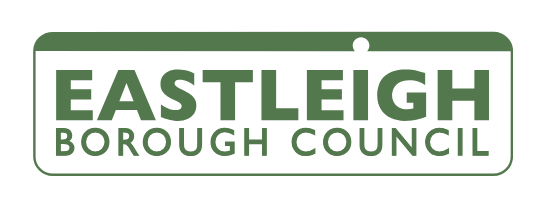For many businesses, the Covid-19 pandemic has posed several financial and logistical challenges. Travel restrictions have disrupted supply chains and businesses have been forced to move online, all whilst profits are dramatically reduced, and operating costs increase. One of the hardest hit sectors is retail, with every major non-food retailer now in negative cash flow. Similarly, 62 per cent of construction companies have reported suspending operations at some point during the pandemic, whilst many in the hospitality trade missed out on the 20 to 30 per cent of annual revenue that is usually generated during the festive period. This shows that even well-established companies are having to dip into profits just to stay afloat.

With such financial uncertainty, it is then surprising that many organisations are overlooking a preventable source of revenue loss: duplicate invoice payments. In short, a duplicate invoice is when a company is billed multiple times for a service they have already paid for. The Accounts Payable Association found nearly two thirds of UK finance professionals have received duplicate invoices, with a third ending up paying them. If left undetected, leakages such as those from duplicate payments can amount to crucial losses, as well as wasted time spent trying to recover these funds. At a time when the financial impacts of Covid-19 are forcing both private and public sector organisations to revisit their expenditure, duplicated payments are not a mistake they can afford to make.
How are duplicate payments caused?
Many of the causes of duplicate payments have been made worse by the effects of Covid-19. Delays in payments, disrupted supply chains, furloughed staff and a shift to remote working have all made basic administration such as invoicing more prone to mistakes.
Human error contributes in several ways because companies still rely on manually-processed documents. When employees are creating hundreds of invoices a day, a loss of concentration may cause them to misread information or make typos. For example, if a vendor gets a date wrong on the first invoice, they may send another one later, and both end up being paid. Crucial information may also be left out, such as purchase order (PO) numbers. Excluding this kind of information makes payments harder to identify and log, resulting in invoices being paid more than once. Staff may also send invoices to multiple offices; this is particularly likely to affect larger companies that span several locations. Likewise, staff expenses claims are hard to monitor and can easily be made twice, whether accidentally or fraudulently.
Outdated or complex systems are another contributing factor to duplicate invoices. Companies are handling increasing amounts of data, so invoices are likely to be sent in numerous different formats (such as by post, fax, or email), causing copies. This is heightened by the rise in electronic invoicing and general shift towards online communications, where documents may be stored and shared across a number of platforms. Another common problem is submitting multiple source documents for a single payment, which almost guarantees that payment will be duplicated. Finally, having multiple suppliers within the organisation’s enterprise resource planning (ERP) system may lead to duplicate invoices being generated.
Detection and recovery: a solution to duplicate payments
At a time when businesses are assessing the financial impacts of Covid-19, they will have to adopt new systems that make keeping track of expenditure easier. It’s not enough for organisations to simply rely on suppliers; they must instead track invoices proactively themselves. This includes both identifying invoice errors and knowing how to recover ones that have been paid twice.

Many organisations are moving towards automation and cloud-based solutions to actively monitor payments and flag duplicates before the invoice is already paid. A digital log can prevent overpayments by ensuring that every invoice is authenticated, recorded and actioned, and kept all in one place to avoid multiple formats. As well as being more cost-effective and accurate, automation frees up staff and resources. This means organisations can remain focused on recovering and adapting to the post-Covid landscape, without carrying the burden of worrying about preventable revenue losses.
To learn more about our Duplicate Payment Recovery Service click here.





